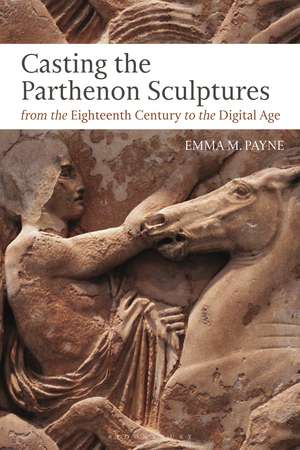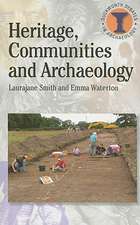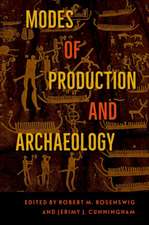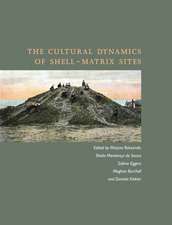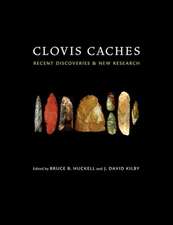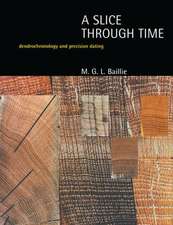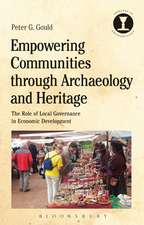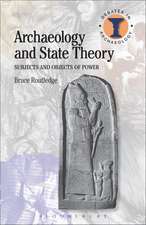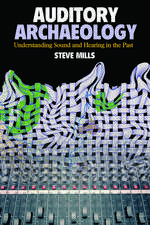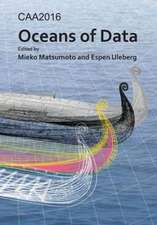Casting the Parthenon Sculptures from the Eighteenth Century to the Digital Age
Autor Dr Emma M. Payneen Limba Engleză Hardback – 7 apr 2021
| Toate formatele și edițiile | Preț | Express |
|---|---|---|
| Paperback (1) | 197.42 lei 6-8 săpt. | |
| Bloomsbury Publishing – 19 oct 2022 | 197.42 lei 6-8 săpt. | |
| Hardback (1) | 568.71 lei 6-8 săpt. | |
| Bloomsbury Publishing – 7 apr 2021 | 568.71 lei 6-8 săpt. |
Preț: 568.71 lei
Preț vechi: 815.90 lei
-30% Nou
Puncte Express: 853
Preț estimativ în valută:
108.82€ • 113.92$ • 90.04£
108.82€ • 113.92$ • 90.04£
Carte tipărită la comandă
Livrare economică 05-19 aprilie
Preluare comenzi: 021 569.72.76
Specificații
ISBN-13: 9781350120341
ISBN-10: 1350120340
Pagini: 224
Ilustrații: 88 bw illus
Dimensiuni: 156 x 234 x 20 mm
Greutate: 0.49 kg
Editura: Bloomsbury Publishing
Colecția Bloomsbury Academic
Locul publicării:London, United Kingdom
ISBN-10: 1350120340
Pagini: 224
Ilustrații: 88 bw illus
Dimensiuni: 156 x 234 x 20 mm
Greutate: 0.49 kg
Editura: Bloomsbury Publishing
Colecția Bloomsbury Academic
Locul publicării:London, United Kingdom
Caracteristici
Written from the perspective of an archaeological conservator, this book offers a different, more object-focused approach than that typically employed by scholars of classical art
Notă biografică
Emma M. Payne is a Visiting Research Fellow at King's College London, UK.
Cuprins
Acknowledgements List of Illustrations Introduction 1. The Emergence of Fauvel and his Successors 2. Plaster Casts, Elgin, and the British Museum 3. Condition Studies and the Role of 3D Imaging 4. 3D Imaging and the West Frieze 5. 3D Imaging and Cleaning the Parthenon Sculptures 6. An Authentic Source of Evidence? Closing Remarks AppendixNotesReferencesIndex
Recenzii
Payne is to be praised for raising the profile of archaeological casts as a source of information about the often endangered objects they reproduce and she demonstrates how modern digital technology can be used to read them. This is a major achievement.
The volume is an important and thorough introduction to the history of casting, scanning and digital production of antiquities . It would provide an excellent introductory text to those unfamiliar with casting and reproduction, and Payne's discussion of complex scientific and technological terminology is concise and informative throughout; the argument is complemented by liberal illustrations. It provides a unique and much-needed new perspective in the history of the Parthenon and its artworks, enriching the field of western receptions of antiquity.
This book is an interesting research monograph, but may be worth reading for everybody who would like to learn something about the history of the Elgin marbles or about 3D scanning as well.
The volume is an important and thorough introduction to the history of casting, scanning and digital production of antiquities . It would provide an excellent introductory text to those unfamiliar with casting and reproduction, and Payne's discussion of complex scientific and technological terminology is concise and informative throughout; the argument is complemented by liberal illustrations. It provides a unique and much-needed new perspective in the history of the Parthenon and its artworks, enriching the field of western receptions of antiquity.
This book is an interesting research monograph, but may be worth reading for everybody who would like to learn something about the history of the Elgin marbles or about 3D scanning as well.
